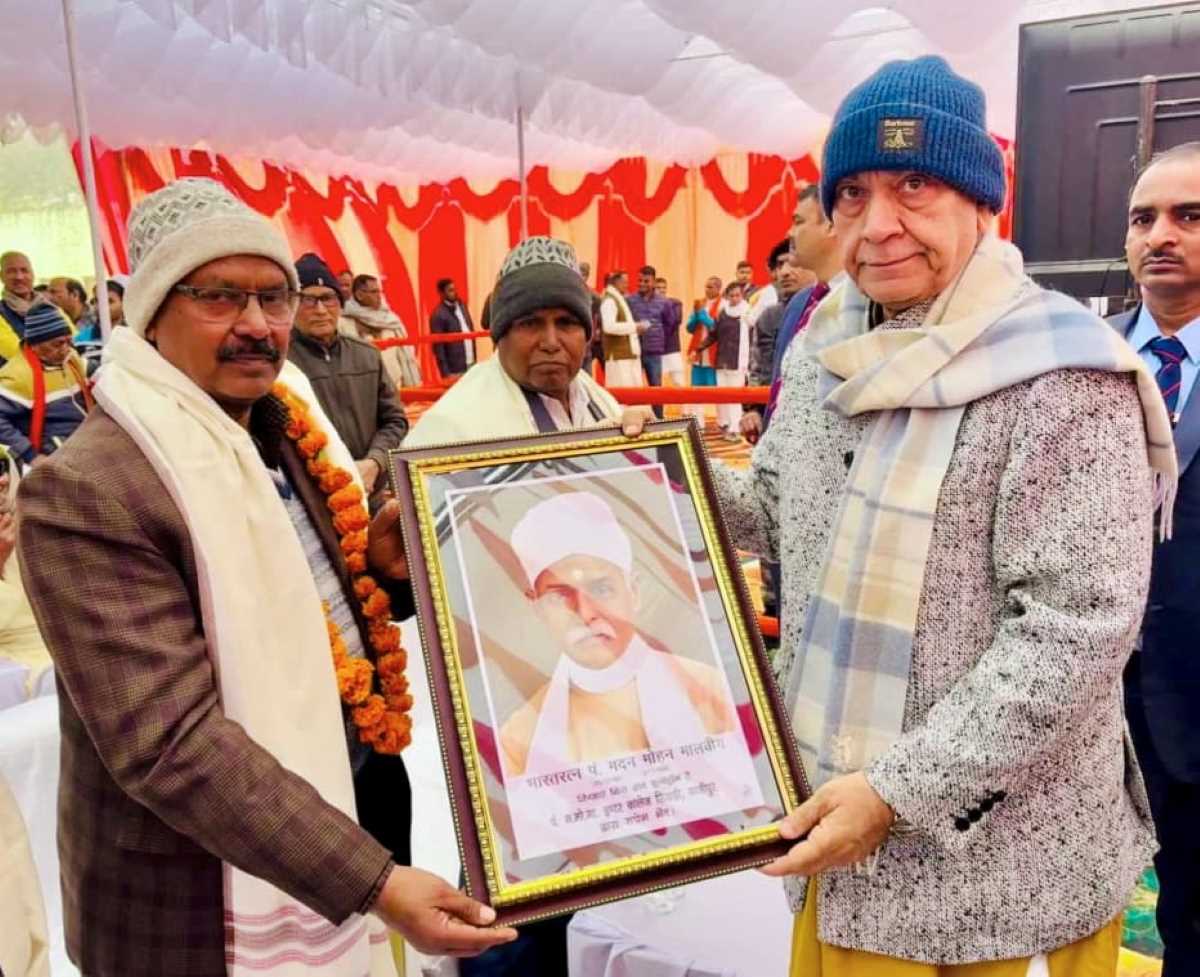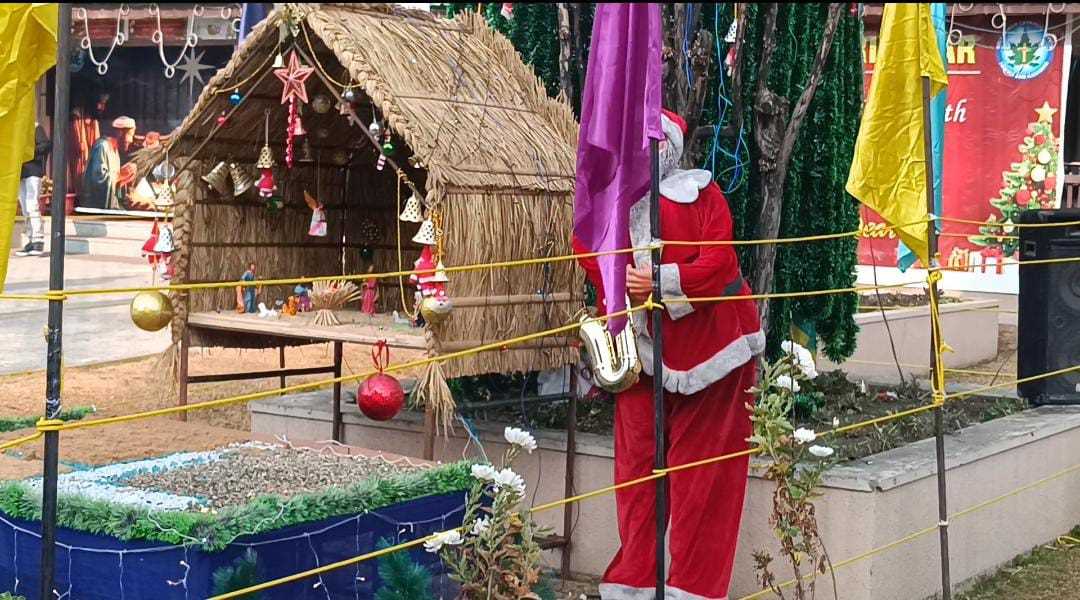
The tragic blast at Delhi’s Red Fort on November 10, which claimed more than ten lives, has once again shaken the nation’s conscience and placed the spotlight on India’s internal security preparedness. In response, Jammu and Kashmir — historically one of the country’s most sensitive regions — has moved swiftly to strengthen its security apparatus. The intensified vigil, visible across both Jammu and Kashmir divisions, reflects a calibrated but urgent approach to preventing any spillover threat. In Jammu, security forces have launched what officials describe as the "largest-ever non-kinetic crackdown," involving extensive checking, frisking, and coordinated search operations. At the Jammu Railway Station — a major transit hub — passengers now pass through multiple layers of security. Advanced scanning equipment, canine units, and identity verification have become routine, signalling a zero-compromise stance. Similar measures along the Jammu-Pathankot highway, border belts, and urban markets reflect a region fully alert to potential dangers. In the Kashmir Valley, the heightened security response is equally visible. From North to South Kashmir, joint teams of Police and CRPF are conducting continuous vehicle checks, verifying documents, and launching CASOs in vulnerable pockets. The Army and BSF have strengthened their positions along the Line of Control and the International Border, adding to the overall security envelope. While such measures are necessary in the aftermath of a major terror incident, they also raise important questions about long-term security strategy. The region has witnessed relative stability in recent months, with declining infiltration and improved public movement. The current spike in checks and frisking must therefore balance vigilance with sensitivity. Excessive disruptions or intrusive policing can erode public trust — an essential ingredient for sustainable security in a post-conflict society. What is encouraging, however, is the coordination among multiple agencies. Joint operations, real-time intelligence sharing, and strategic deployment demonstrate a maturing security framework. The challenge now is to transition from reactive to predictive security. Investments in surveillance technology, AI-enabled monitoring, robust local intelligence networks, and community policing can help pre-empt threats before they materialise. The Delhi blast is a grim reminder that terror networks remain active, adaptive, and opportunistic. Strengthening J&K’s internal security, therefore, is not merely a regional necessity but a national imperative. As the intensified checks continue, authorities must also ensure that communication with citizens remains open, humane, and transparent. Security, after all, thrives not only on vigilance but on public cooperation — a partnership that J&K, more than any other region, understands deeply.



The tragic blast at Delhi’s Red Fort on November 10, which claimed more than ten lives, has once again shaken the nation’s conscience and placed the spotlight on India’s internal security preparedness. In response, Jammu and Kashmir — historically one of the country’s most sensitive regions — has moved swiftly to strengthen its security apparatus. The intensified vigil, visible across both Jammu and Kashmir divisions, reflects a calibrated but urgent approach to preventing any spillover threat. In Jammu, security forces have launched what officials describe as the "largest-ever non-kinetic crackdown," involving extensive checking, frisking, and coordinated search operations. At the Jammu Railway Station — a major transit hub — passengers now pass through multiple layers of security. Advanced scanning equipment, canine units, and identity verification have become routine, signalling a zero-compromise stance. Similar measures along the Jammu-Pathankot highway, border belts, and urban markets reflect a region fully alert to potential dangers. In the Kashmir Valley, the heightened security response is equally visible. From North to South Kashmir, joint teams of Police and CRPF are conducting continuous vehicle checks, verifying documents, and launching CASOs in vulnerable pockets. The Army and BSF have strengthened their positions along the Line of Control and the International Border, adding to the overall security envelope. While such measures are necessary in the aftermath of a major terror incident, they also raise important questions about long-term security strategy. The region has witnessed relative stability in recent months, with declining infiltration and improved public movement. The current spike in checks and frisking must therefore balance vigilance with sensitivity. Excessive disruptions or intrusive policing can erode public trust — an essential ingredient for sustainable security in a post-conflict society. What is encouraging, however, is the coordination among multiple agencies. Joint operations, real-time intelligence sharing, and strategic deployment demonstrate a maturing security framework. The challenge now is to transition from reactive to predictive security. Investments in surveillance technology, AI-enabled monitoring, robust local intelligence networks, and community policing can help pre-empt threats before they materialise. The Delhi blast is a grim reminder that terror networks remain active, adaptive, and opportunistic. Strengthening J&K’s internal security, therefore, is not merely a regional necessity but a national imperative. As the intensified checks continue, authorities must also ensure that communication with citizens remains open, humane, and transparent. Security, after all, thrives not only on vigilance but on public cooperation — a partnership that J&K, more than any other region, understands deeply.
© Copyright 2023 brighterkashmir.com All Rights Reserved. Quantum Technologies